Geothermal energy represents one of the most exciting fields in renewable power. By capitalizing on the heat already present in natural environments, this practice could dramatically lower carbon emissions in the energy sector. However, the world has barely scratched the surface of what these systems can do.
Humans have been utilizing the earth’s heat for millennia, but recent innovations take it further than ever before. Advances like supercritical heat solutions, closed-loop systems and direct lithium extraction greatly expand the potential of geothermal energy.
1/ Supercritical Geothermal Energy
Supercritical geothermal systems drill deep into the ground to pass water through areas of extreme heat. The goal is to push the liquid to the supercritical point where it takes on unique characteristics.
Water reaches supercriticality at 374.2 degrees Celsius — roughly 705 degrees Fahrenheit — and 22.12 megapascals of pressure. At that point, liquid water and steam are indistinguishable, but more importantly, they can hold significantly more energy.
Harnessing all the thermal power in this super-hot water would mean geothermal systems can do far more without substantially increasing capacity or resource consumption. This technology is still in its early stages, but that energy density has vast implications.
Benefits
The biggest advantage of supercritical geothermal systems is that they could produce five to 10 times more power than a standard geothermal well. As a result, the world could meet rising energy demands without increasing geothermal power plants, which are often geographically constrained.
The population is growing, and the world’s reliance on innovations like artificial intelligence and electric vehicles (EVs) is increasing. Consequently, renewables must surpass the capacity of the fossil fuel systems used today, not just equal them. Doing so with conventional solutions would be difficult, but supercritical geothermal makes it more achievable.
Supercritical systems won’t change the fact that some areas are more suitable for geothermal power than others. However, they would dramatically increase these facilities’ capacity, helping reduce overall energy generation needs.
Interested in heat pumps? Read our story on thermoacoustic heat pumps
Challenges
The largest obstacle to supercritical heat pumps is that reaching the necessary temperatures and pressures is far from easy. While these conditions exist under the earth’s surface, reaching them often requires extreme drilling.
Supercritical heat and pressure typically occur at the brittle-ductile transition zone (BDTZ), where rock starts showcasing ductility rather than rigidity. The BDTZ is between 10 and 16 kilometers deep in many places and can be more than 20 kilometers under the surface. Reaching so far into the ground requires specialized equipment and opens room for error.
Regions with high volcanic activity may be able to reach the BDTZ within just a few kilometers. As such, research and experimentation in these areas can foster the innovation necessary to expand supercritical geothermal elsewhere. Still, that advancement will take time and investment.
2/ Closed-Loop Geothermal Systems
A less extreme but promising development in geothermal energy is the advent of closed-loop systems. Conventional, open-loop heat pumps take water from a nearby groundwater source, pond or other aquifer and expel it back into the environment after use. Closed-loop alternatives, by contrast, circulate a fixed amount of fluid through a pipe network.
Water never enters or leaves a closed-loop geothermal system after installation. Instead of relying on naturally hot fluid from a nearby high-temperature aquifer, these systems transfer heat from the ground through the pipes.
Closed-loop geothermal pumps come in three main forms — horizontal, vertical and pond/lake. Horizontal loops reside in shallow but wide trenches, while vertical ones use narrower but deeper holes. The pond/lake variety exchanges heat with a nearby water source instead of the ground, often coiling the pipes into circles to maximize surface area under the water’s surface.
Benefits
The key advantage of closed-loop geothermal systems is their availability. Open-loop alternatives require a nearby freshwater source, but only 2.5% of the planet’s water is freshwater, and just 1.2% of that is accessible on the surface. A closed-loop solution can function in virtually any location.
Another benefit of closed-loop geothermal is that it produces no water waste. The amount of fluid that goes in initially is the only amount it will ever use, minimizing water withdrawals. Running everything in a watertight system also means there’s no risk of additives like refrigerants leaking into the surrounding environment.
Closed-loop geothermal is also durable. A contained system requires less upkeep and is less prone to damage from water quality issues.
Interested in water management? Read our story by the same author
Challenges
Open-loop systems do have advantages. They’re often more cost-effective — at least in the short term — because they require minimal digging or drilling. Considering that 70% of energy consumers don’t want to spend more on renewables, the cost barriers of closed-loop systems may impede their growth among homeowners.
Despite being generally better for the environment, closed-loop geothermal is often less efficient than open-loop alternatives. Because thermal energy must transfer through the pipes before reaching the water, there is some heat loss. Open-loop systems use direct transfer, minimizing waste.
While closed-loop solutions are also less prone to breakages, they’re harder to troubleshoot and fix if something goes wrong. Putting the whole system underground means more disruption and costs when repairs are necessary.
3/ Direct Lithium Extraction
One of the more groundbreaking advances in geothermal technology comes from direct lithium extraction (DLE). This practice combines geothermal power plants with lithium brine collection to simultaneously serve two goals — obtaining lithium for use in batteries and generating steam for clean energy.
Lithium comes primarily from naturally occurring brines, which companies process through evaporation. However, this process requires 2.2 million liters of water to produce one ton of lithium, and hard rock mining alternatives are often environmentally damaging. DLE poses a more sustainable solution.
DLE extracts brine from underground aquifers before passing it through an absorbent material or gentle chemical solvent to remove lithium. The leftover brine then goes back into the natural reservoir while the resulting steam provides geothermal energy.
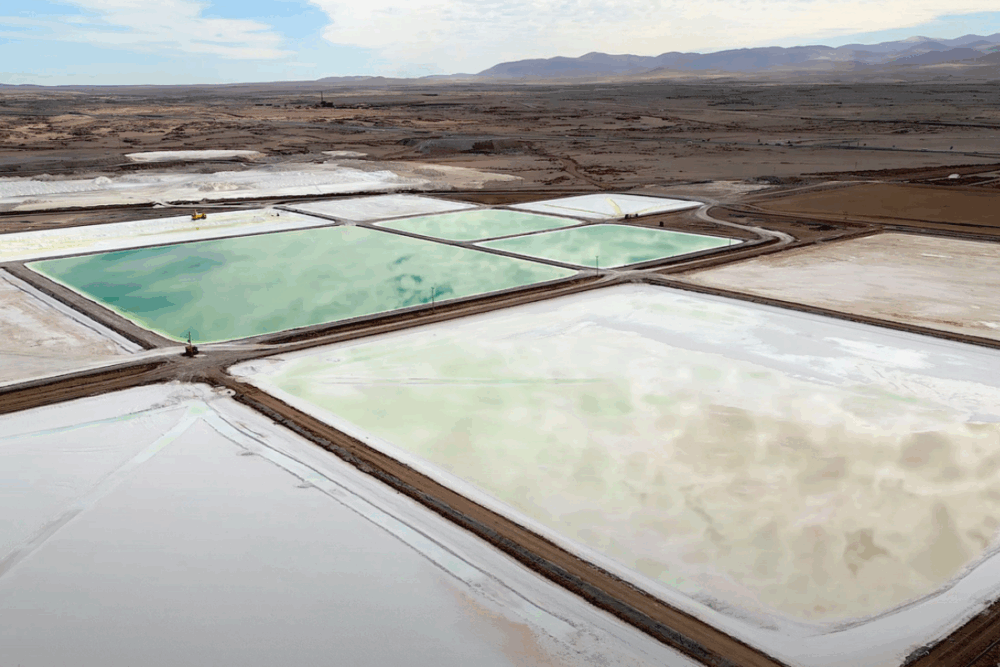
Benefits
DLE is advantageous for both energy and mineral extraction. As Andrew Duffy — Senior Process Engineer at Veolia Water Technologies — highlights,
“The geothermal power plant not only generates clean electricity but also provides low-pressure steam that can be utilized in the lithium extraction and processing steps.”
Using DLE instead of conventional approaches means less water waste and lower reliance on fossil fuels while providing the lithium necessary for EV growth. Switching to EVs is crucial, as electric cars carry 88% lower life cycle emissions in the U.S. than gas alternatives. However, those benefits dwindle if lithium mining is environmentally destructive. DLE addresses both needs.
DLE has safety benefits, too. According to Duffy, it
“has the added benefit of safely minimizing or potentially eliminating the need for liquid waste disposal.”
Because most — if not all — of the processed brine returns to the aquifer without any chemical additives, the process is far less hazardous and polluting than the conventional approach.
Challenges
The main disadvantage of DLE is that it’s not applicable everywhere there’s lithium. Only underground brine deposits can use the technology. It still represents an immense step forward, but additional changes may be necessary to address other lithium extraction facilities.
This geothermal technology also carries high capital costs. Long-term expenses may fall over time, but the initial investment may be too much for some organizations to justify.
It’s also unclear how much geothermal energy can come from the steam in these processes. Any amount of clean power is better than none, but DLE alone is unlikely to be a complete renewable energy solution.
As old as it is, geothermal energy still holds vast untapped potential. Innovations like supercritical heat systems, closed-loop solutions and DLE exemplify how further research and development can lead to significant sustainability breakthroughs. While challenges remain, the benefits of such technologies are too great to ignore.
Interested in mining? Read our story on rare earth elements
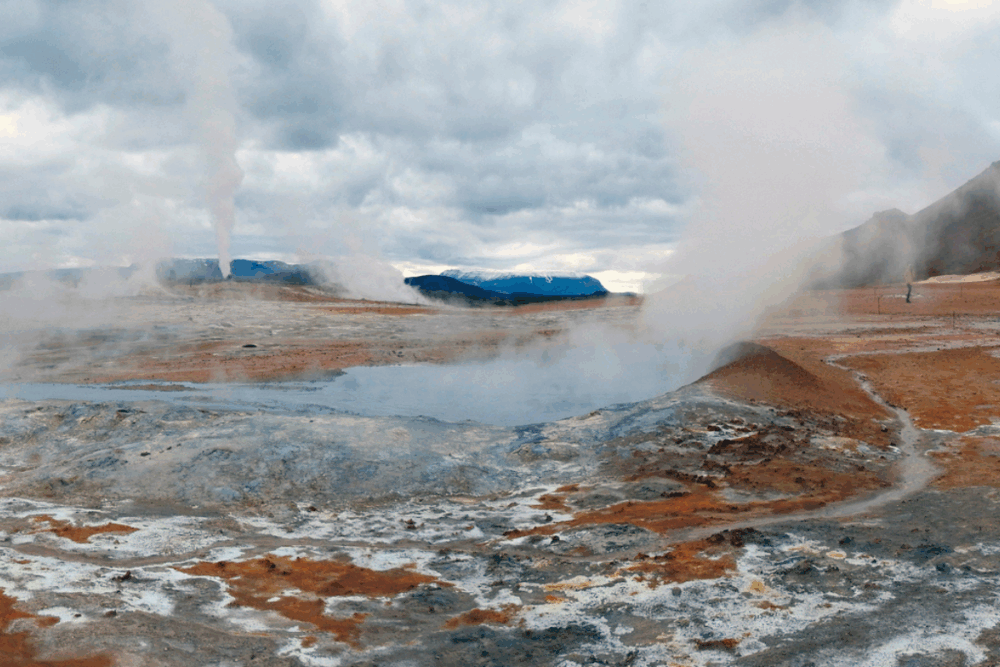


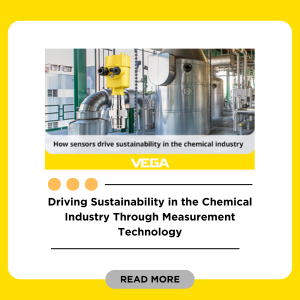

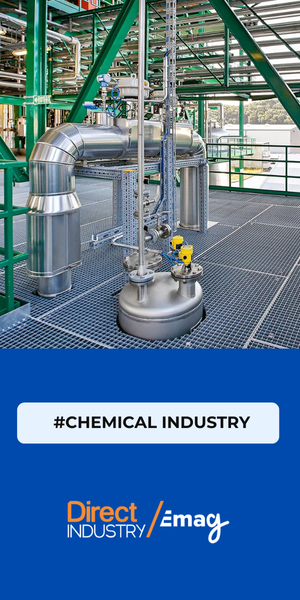
![Image [BUYING GUIDE] How to Choose the Right Industrial Robot?](/wp-content/uploads/sites/3/Industrial-Robot-320x213.jpg)
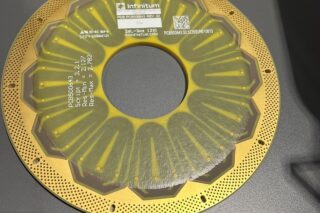
![Image [Buying Guide] How to Choose the Right Safety Shoes?](/wp-content/uploads/sites/3/Safety-Shoes-320x213.jpg)
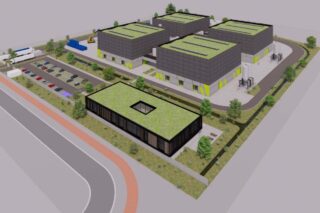
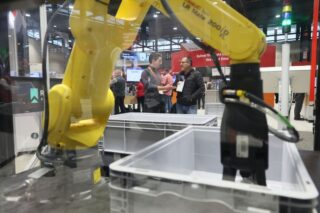
![Image [Buying Guide] How to Choose the Right AMR?](/wp-content/uploads/sites/3/AMR-320x213.jpg)